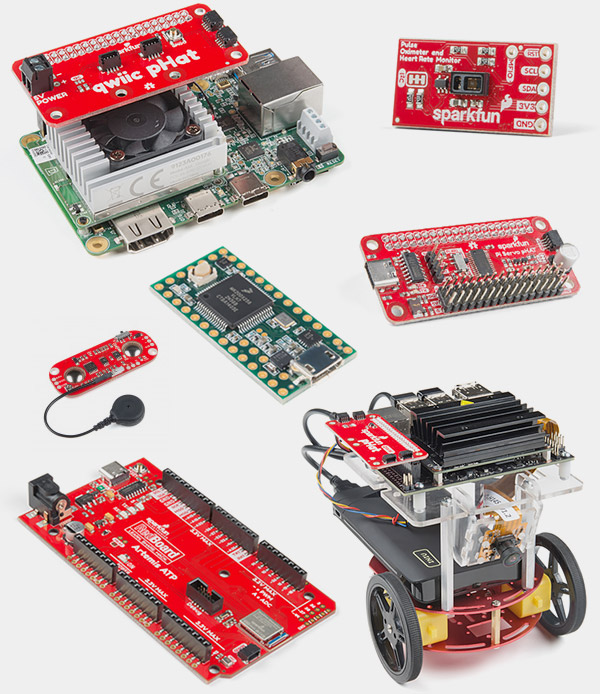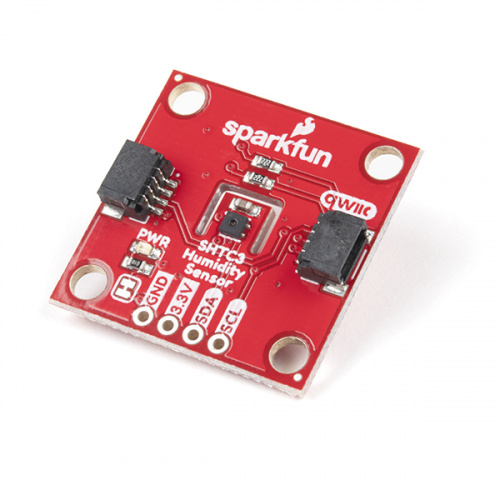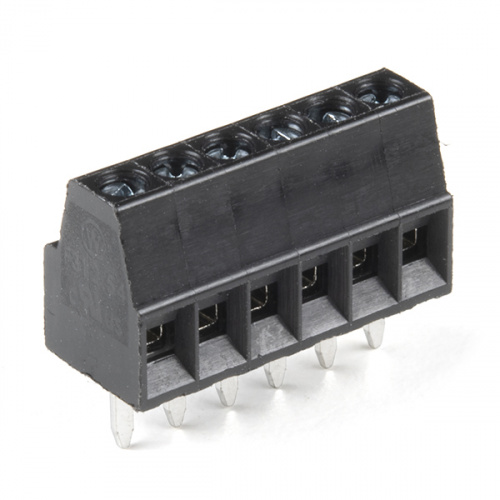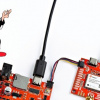Welcome back everyone - this week we're moving the SHTC3 Humidity Sensor Breakout from SparkX into a full production run in classic SparkFun red. This is a really impressive Qwiic-enabled board that should be a perfect addition to your weather/enivronmental station or project. After that, we have two small but essential releases, including a jumper wire two-pack, and a six-pin screw terminal.
We know the school year is starting to wrap up, but learning - and having fun doing it - doesn’t have to stop there! Check out the newest products available in our Spring Sale, which runs through May 22. We’ve also added some books that will help maximize materials you already have on hand!
Now, let's take a closer look at our new products for the week!
I'll need a window seat because this flower is wilting
Looking to keep a log of the climate in your greenhouse, create a humidor control system, or track temperature and humidity data for a weather station project? The SparkFun SHTC3 Humidity Sensor may be the perfect option for you! The SHTC3 is a low cost, easy to use, highly accurate digital humidity and temperature sensor. The SHTC3 communicates via I2C, and we have broken out the pins on the sensor so you can easily connect it to SparkFun's ever-growing Qwiic Ecosystem.
Jumper wires are awesome - just a little bit of stranded core wire with a nice solid pin connector on either end. They have the flexibility of stranded wire, but will fit directly into breadboards and female pin headers. These are 6-inch jumper wires with breadboard-friendly male connectors on both ends. Combine these with our female-to-female jumpers to create a male-to-female jumper. Multiple jumpers can be connected side by side on a 0.1-inch header.
These are simple six-position screw terminals with 2.54 mm pitch pins. Rated up to 150 V at 6 A, this terminal can accept 30 to 18 AWG wire.
That's it for this week! As always, we can't wait to see what you make! Shoot us a tweet @sparkfun, or let us know on Instagram or Facebook. We’d love to see what projects you’ve made!











Hey, Rob: First, thanks for doing your "homework" about the history of humidity sensors! You did mention that you were tempted to try to build a wool-type sensor... it seems to me that you could probably digitize it by using a load cell and something like SparkFun Qwiic Scale to monitor the weight of a wad of wool, then let the microprocessor convert to humidity... ;-) ;-)
Thank you. I am a bit of a researchaholic. I actually did consider the Qwiic Scale for the wool hygrometer. (And not just because I loved shooting that video!) Saussure's device used a hair wound around a spool, then off to a fixed point. I figured I might be able to wind it around a potentiometer with a small counterweight, although I'd need one with super-smooth action. We'll see...